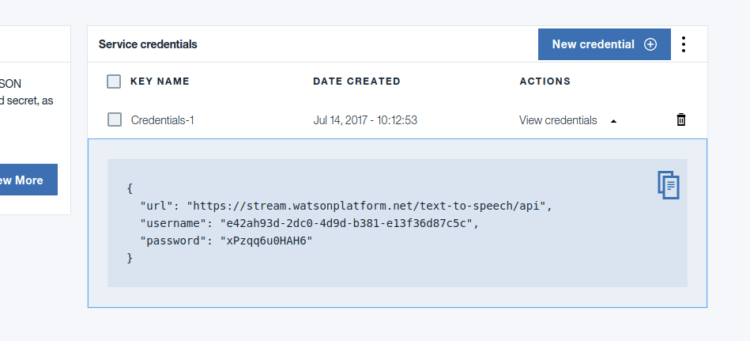Adding Github buttons to Generated Documentation with Yaydoc
Many times repository owners would want to link to their github source code, issue tracker etc. from the documentation. This would also help to direct some users to become a potential contributor to the repository. As a step towards this feature, we added the ability to add automatically generated GitHub buttons to the top of the docs with Yaydoc.
To do so we created a custom sphinx extension which makes use of http://buttons.github.io/ which is an excellent service to embed GitHub buttons to any website. The extension takes multiple config values and using them generates the `html` which it adds to the top of the internal docutils tree using a raw node.
GITHUB_BUTTON_SPEC = { 'watch': ('eye', 'https://github.com/{user}/{repo}/subscription'), 'star': ('star', 'https://github.com/{user}/{repo}'), 'fork': ('repo-forked', 'https://github.com/{user}/{repo}/fork'), 'follow': ('', 'https://github.com/{user}'), 'issues': ('issue-opened', 'https://github.com/{user}/{repo}/issues'), } def get_button_tag(user, repo, btn_type, show_count, size): spec = GITHUB_BUTTON_SPEC[btn_type] icon, href = spec[0], spec[1].format(user=user, repo=repo) tag_fmt = '<a class="github-button" href="{href}" data-size="{size}"' if icon: tag_fmt += ' data-icon="octicon-{icon}"' tag_fmt += ' data-show-count="{show_count}">{text}</a>' return tag_fmt.format(href=href, icon=icon, size=size, show_count=show_count, text=btn_type.title())
The above snippet shows how it takes various parameters such as the user name, name of the repository, the button type which can be one of fork, issues, watch, follow and star, whether to display counts beside the buttons and whether a large button should be used. Another method named get_button_tags is used to read the various configs and call the above method with appropriate parameters to generate each button.
The extension makes use of the doctree-resolved event emitted by sphinx to hook into the internal doctree. The following snippet shows how it is done.
def on_doctree_resolved(app, doctree, docname): if not app.config.github_user_name or not app.config.github_repo: return buttons = nodes.raw('', get_button_tags(app.config), format='html') doctree.insert(0, buttons)
Finally we add the custom javascript using the add_javascript method.
app.add_javascript('https://buttons.github.io/buttons.js')
To use this with yaydoc, users would just need to add the following to their .yaydoc.yml file.
build: github_button: buttons: watch: true star: true issues: true fork: true follow: true show_count: true large: true
Resources
- Homepage of Github:buttons – http://buttons.github.io/
- Sphinx extension Tutorial – http://www.sphinx-doc.org/en/stable/extdev/tutorial.html
















You must be logged in to post a comment.